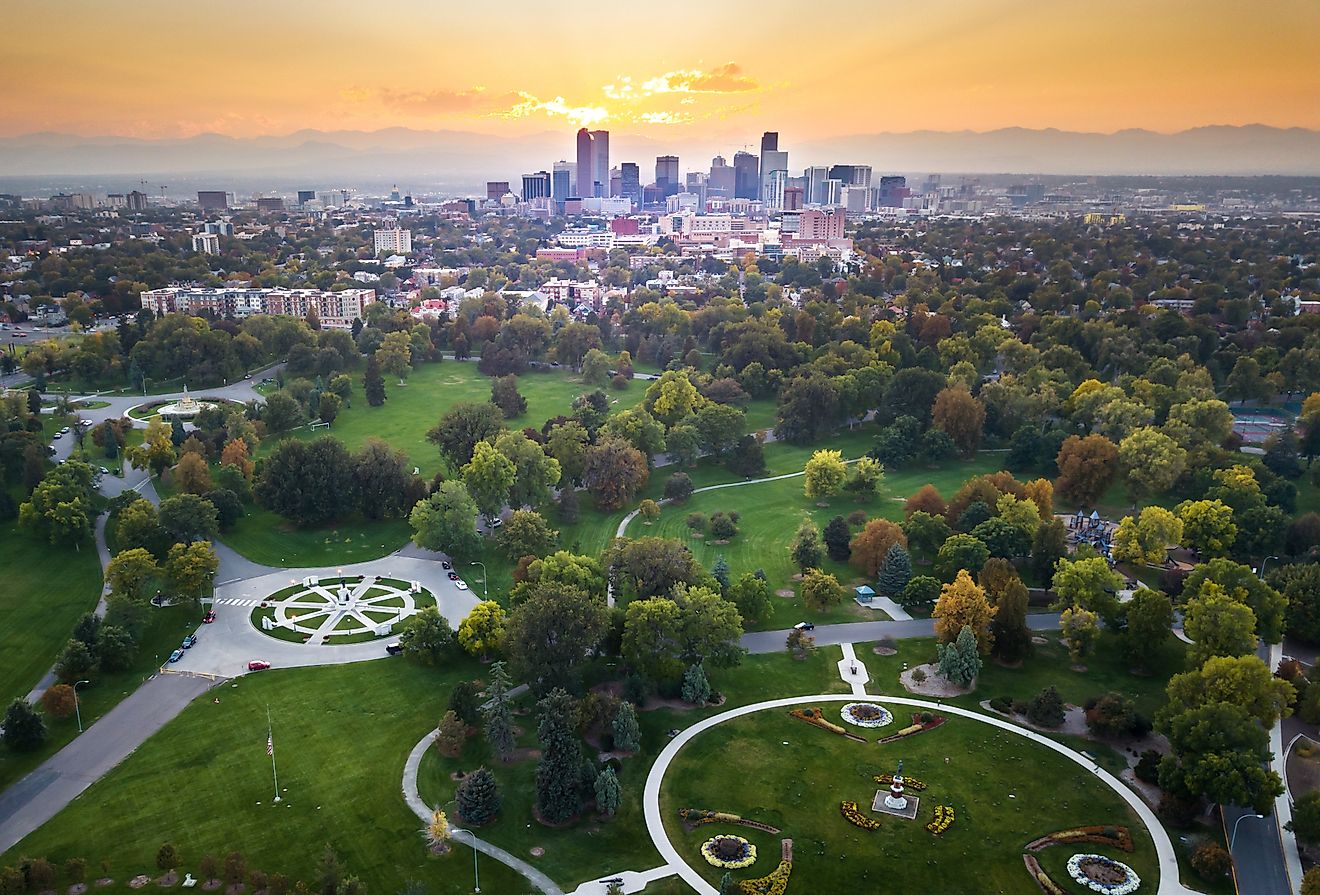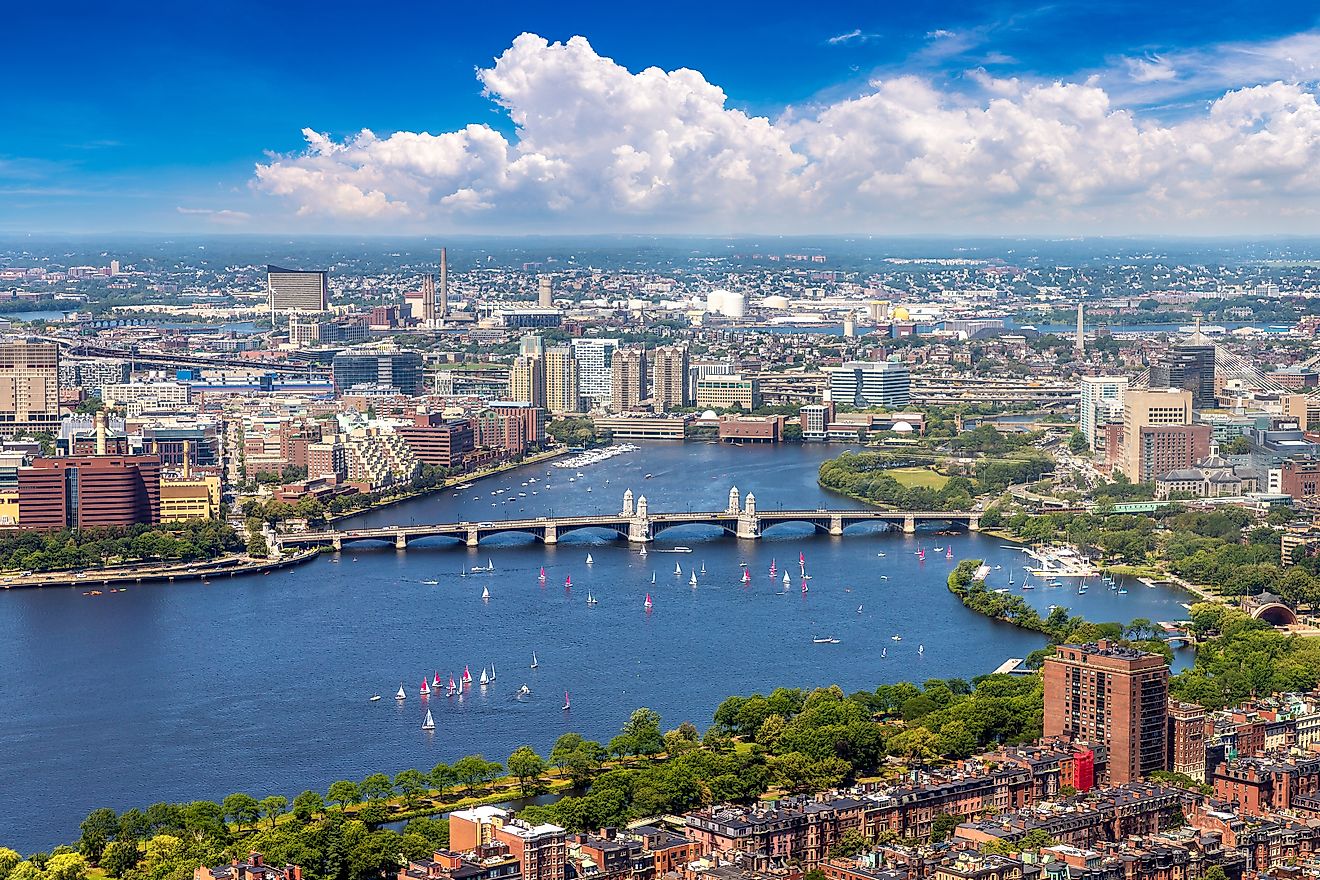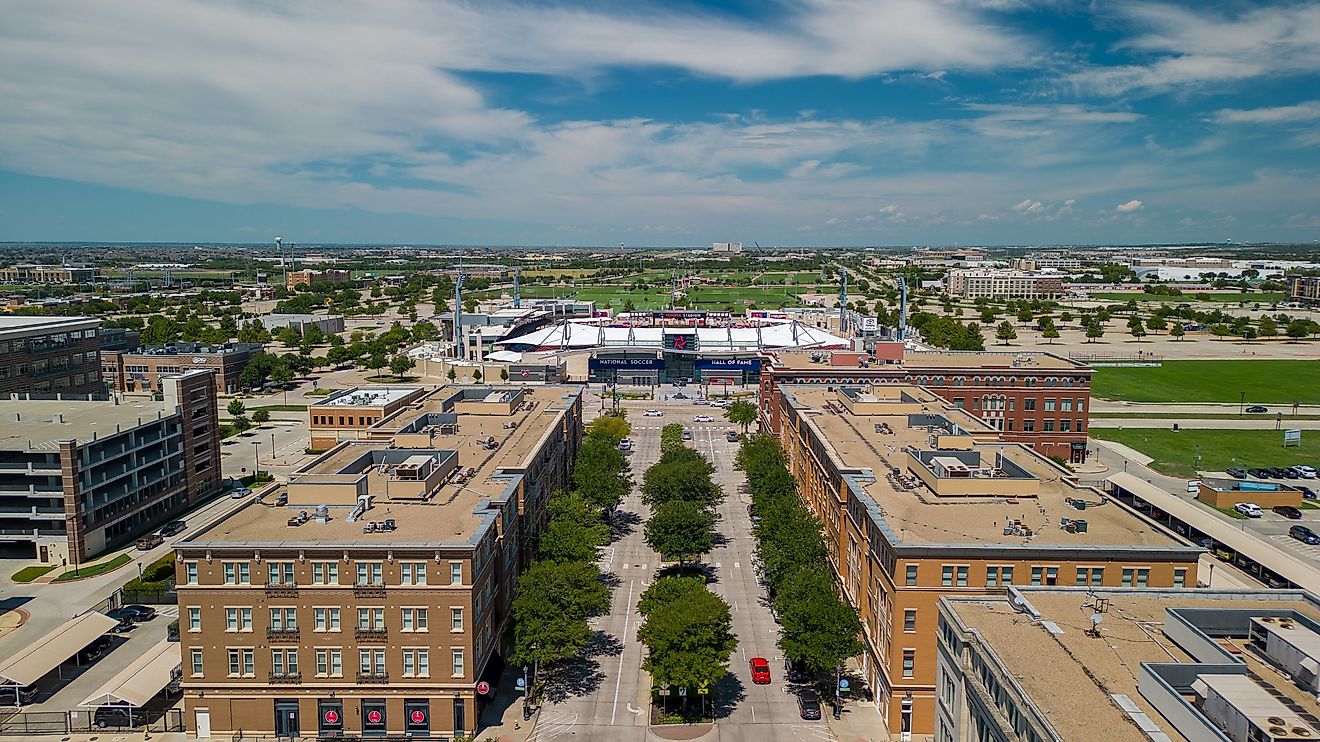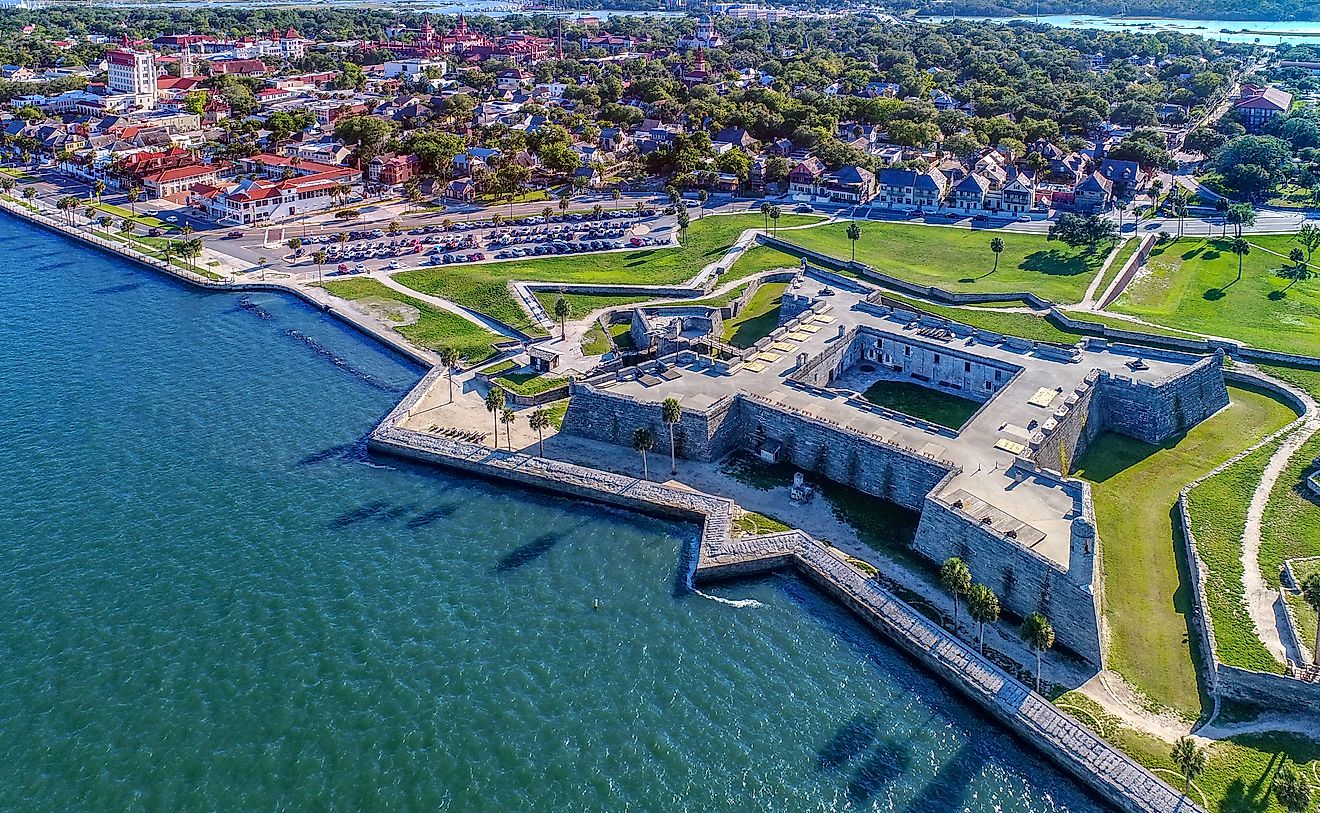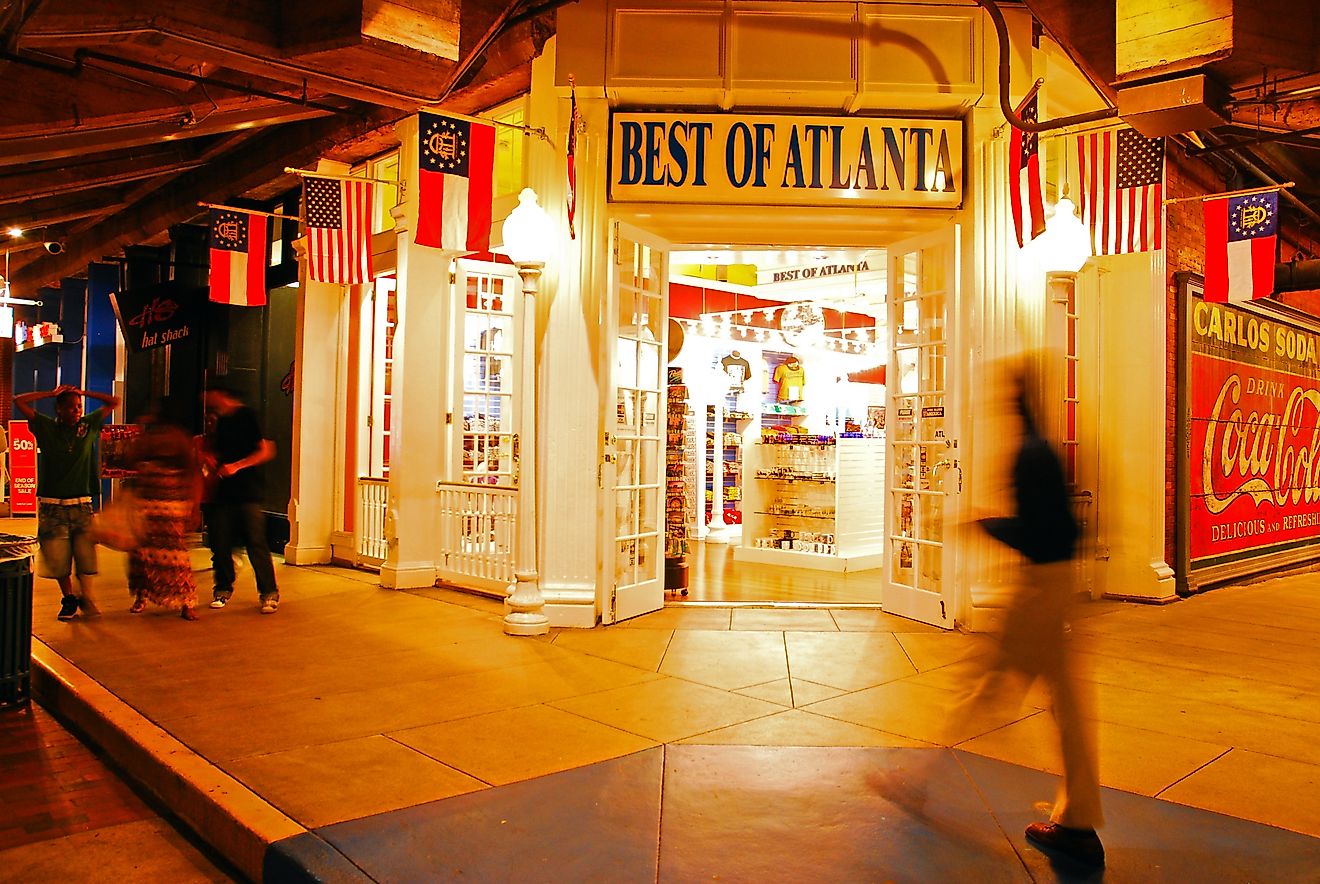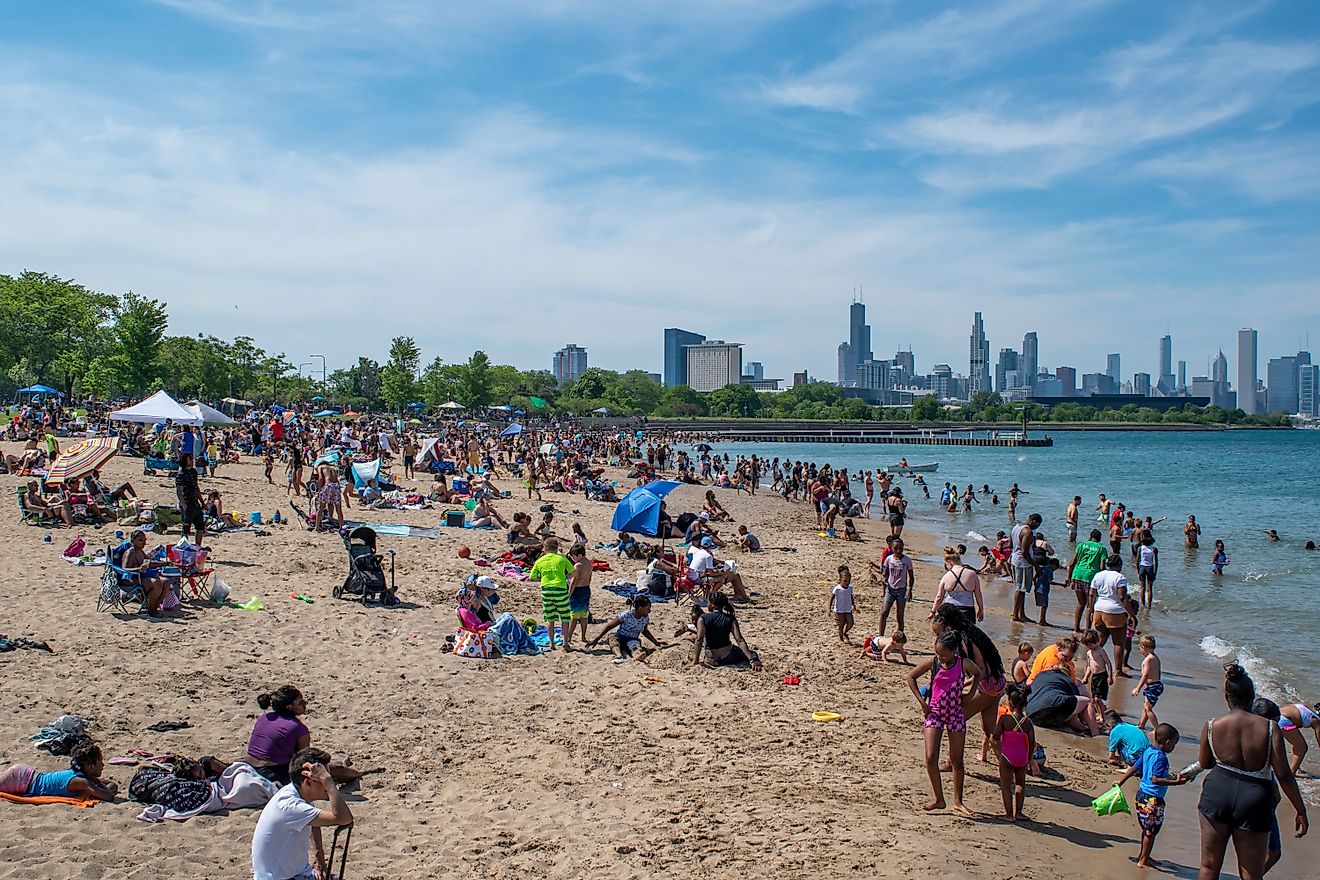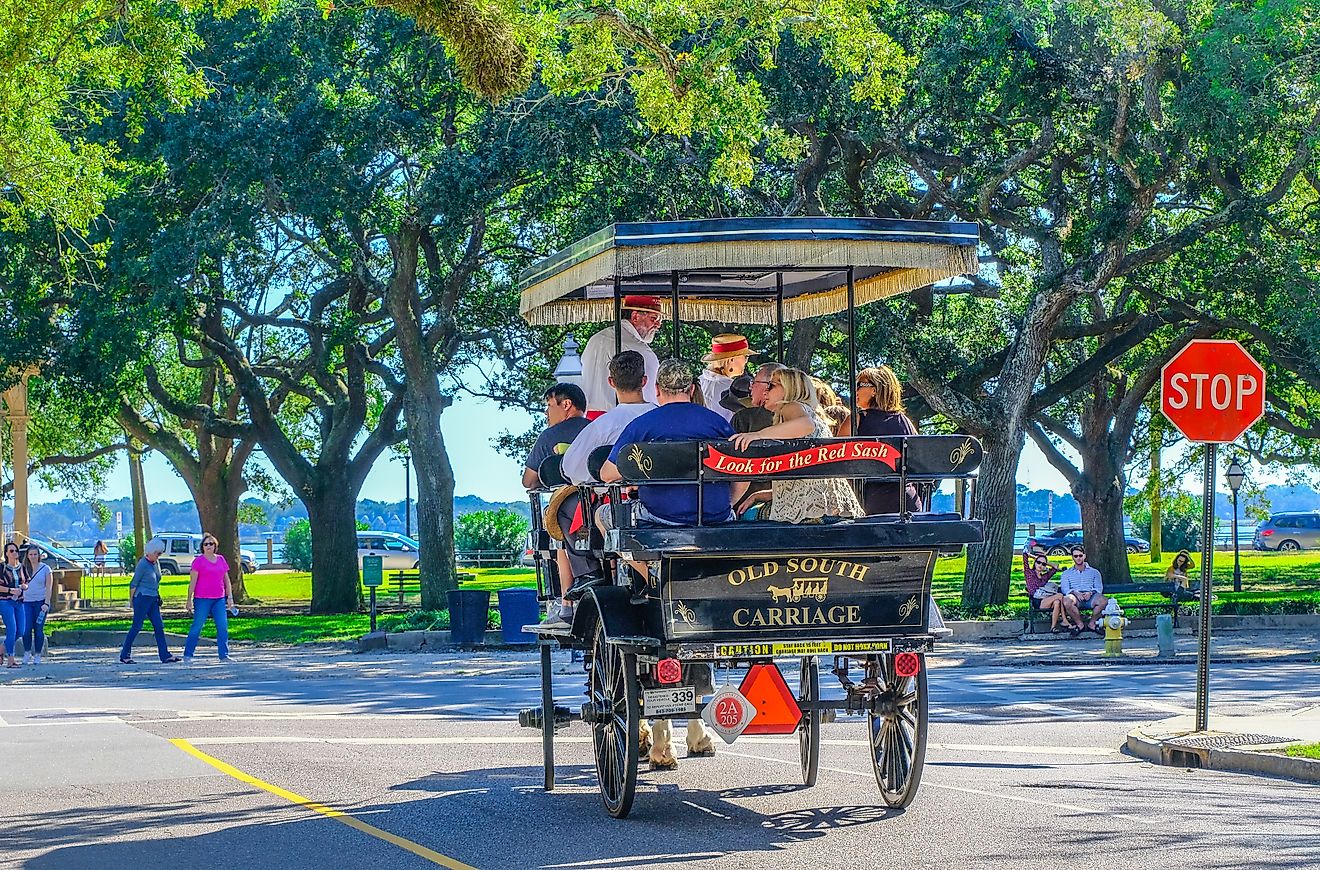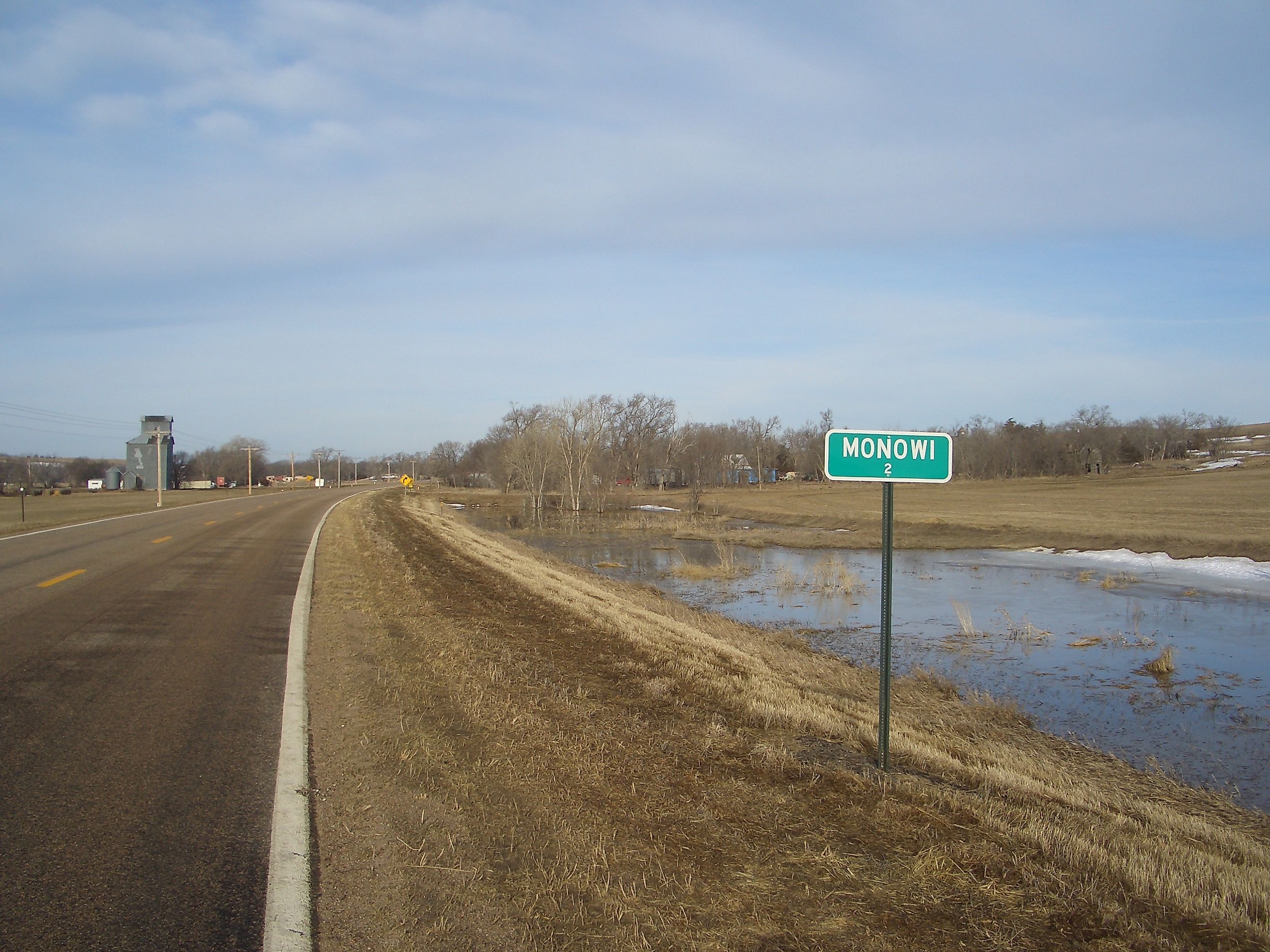
The 5 Smallest Cities in America by Land Area
American cities are often associated with towering buildings, crowded streets, and busy neighborhoods. Yet some incorporated cities exist on an entirely different scale. A few cover less than a tenth of a square mile, with populations ranging from a single resident to just a handful of people. These tiny municipalities are more than curiosities, they offer a fascinating glimpse into American history, municipal law, and the unique dynamics of small-town life.
With a one-person mayor in Nebraska and an exclusive golf-centered enclave in New Jersey, these cities prove that municipal life in the United States comes in surprising and varied forms. Here are the five smallest incorporated cities in America by land area, each with its own story.
Monowi, Nebraska
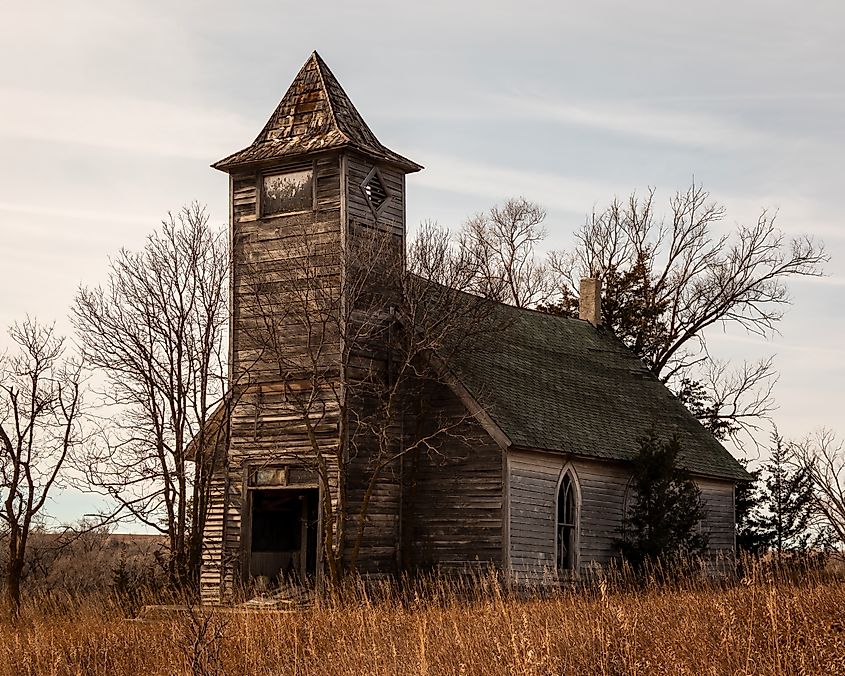
-
Land area: 0.21 sq mi
-
Population: 1
-
Claim to fame: World’s smallest incorporated city
Monowi stands alone, both literally and figuratively. With just one resident, Elsie Eiler, the town functions as a city with a mayor, treasurer, and clerk all rolled into one. Covering 0.21 square miles in northeastern Nebraska near the Missouri River basin, Monowi holds the distinction of being the smallest incorporated city in the United States by population.
The town’s origins trace back to the late 19th century, when it served as a modest settlement supporting local agriculture and river trade. At its peak, Monowi had a population of several dozen, complete with schools, shops, and a small post office. Over the decades, economic changes, declining river traffic, and the lure of larger towns led residents to leave, shrinking the population gradually until Elsie became its sole inhabitant.
Today, Elsie Eiler maintains the town’s municipal functions, collecting taxes from herself to keep Monowi legally incorporated. She also manages the town’s tiny library, which she created in honor of her late husband, and runs a small tavern that draws visitors from across the country.
Hibberts Gore, Maine
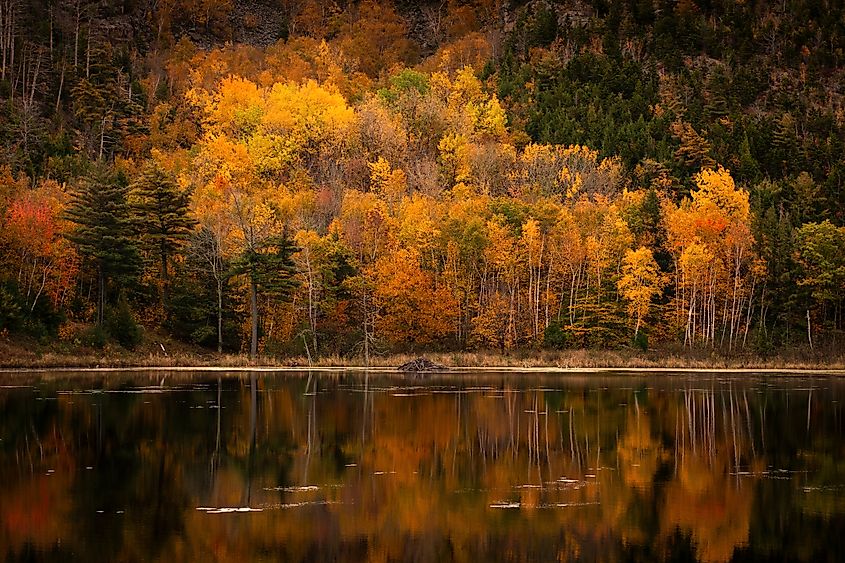
-
Land area: 0.752 sq mi
-
Population: 1
-
Origin: Irregular parcel from 19th-century survey errors
Hibberts Gore is a unique case born from surveying quirks. The term “gore” refers to a leftover slice of land that did not fit neatly into surrounding townships. Unlike most towns, it exists more on paper than as a populated community, with just one resident overseeing its affairs.
The formation of Hibberts Gore dates back to early land surveys in Maine, which left a small, oddly shaped triangle of unassigned property. Rather than attach it to a neighboring township, the area was incorporated to provide an official administrative identity. The lone resident handles property upkeep, participates in any required civic duties, and ensures the municipality remains officially recognized.
Ruso, North Dakota
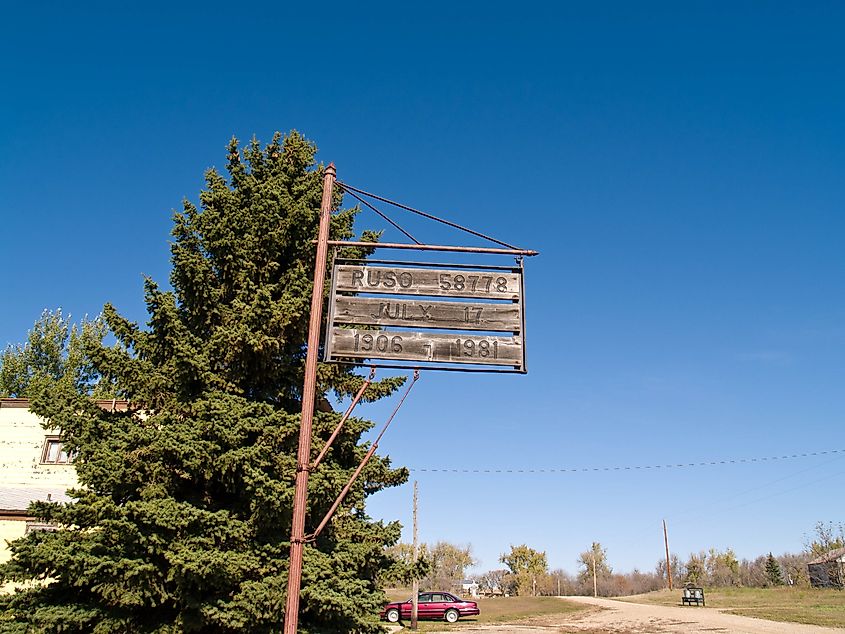
-
Land area: 0.59 sq mi
-
Population: 4
-
Founded: Early 20th century as part of North Dakota’s settlement boom
Ruso, North Dakota, emerged as a service hub for the surrounding agricultural communities of central North Dakota. Its origins trace back to settlers seeking a local center for governance, mail delivery, and community gatherings amid a landscape dominated by farms and open fields. Over the years, the town served as a focal point where neighbors could meet, exchange news, and organize local affairs, even as the surrounding population remained sparse.
By 2024, just four residents officially call Ruso home. The town’s decline in population mirrors broader trends in rural America, including farm consolidation, mechanization, and migration toward larger towns and cities. Despite these challenges, Ruso retains its incorporated status, with its few residents managing municipal responsibilities and preserving the town’s history.
Lost Springs, Wyoming
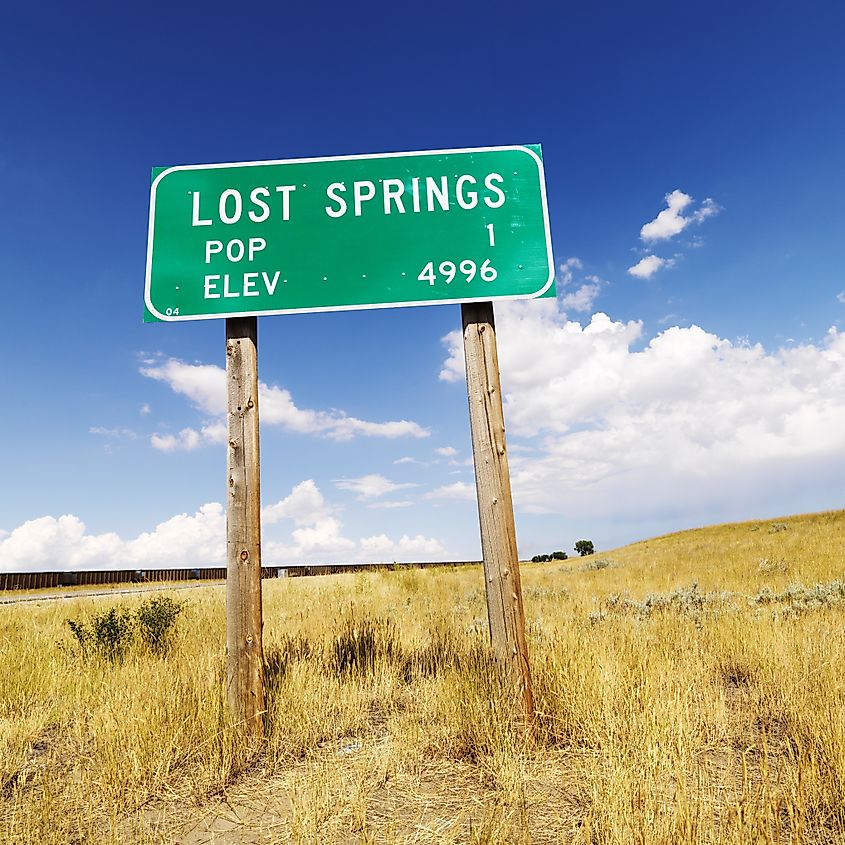
-
Land area: 0.02 sq mi
-
Population: <10
-
Origin: Railroad and settlement town
Lost Springs is a town that captures attention for its extreme smallness and enduring legal status. Located in central Wyoming, it began as a minor stop along early 20th-century railroad lines, serving local ranchers and travelers passing through the plains. The town’s modest role included providing basic services and a communal space for the surrounding ranching community.
At its peak, Lost Springs supported slightly more residents, with small-scale trade and gatherings reinforcing a sense of community. Over the decades, mechanization, economic shifts, and migration to larger towns caused the population to dwindle to fewer than 10. Today, Lost Springs exists as an official municipality, a reminder that incorporation can preserve a town’s identity even when its practical role has faded.
Tavistock, New Jersey
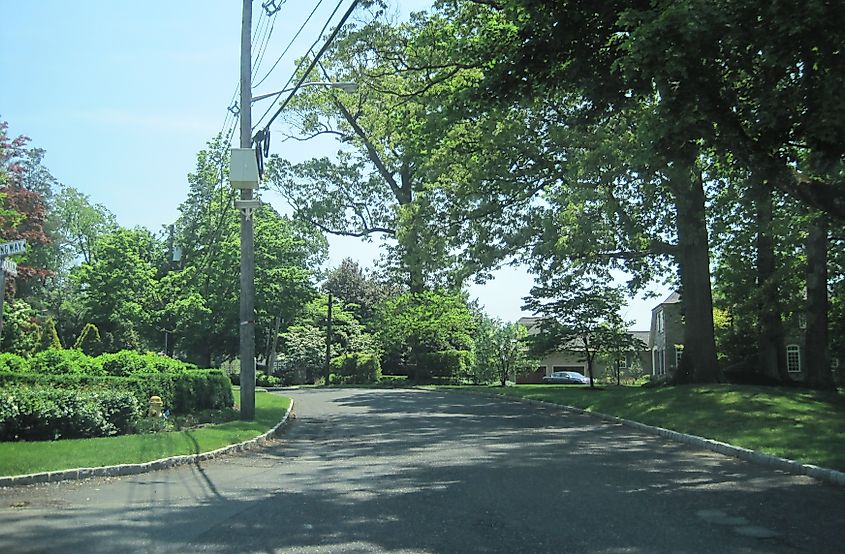
-
Land area: 0.12 sq mi
-
Population: <20
-
Founded: 1920s as a private golf community
Tavistock stands apart from the other small cities in the United States because it was deliberately planned rather than evolving organically from early settlement or economic necessity. The city was incorporated to provide residents with direct control over zoning, land use, and local governance, all centered around the prestigious Tavistock Country Club. Its creation reflects a desire for exclusivity, privacy, and a tightly managed community environment. Unlike towns such as Monowi or Ruso, which gradually dwindled due to population decline, Tavistock has maintained its small size intentionally. The limited population allows residents to oversee municipal decisions personally, from road maintenance to community standards.
Big Stories in Tiny Spaces
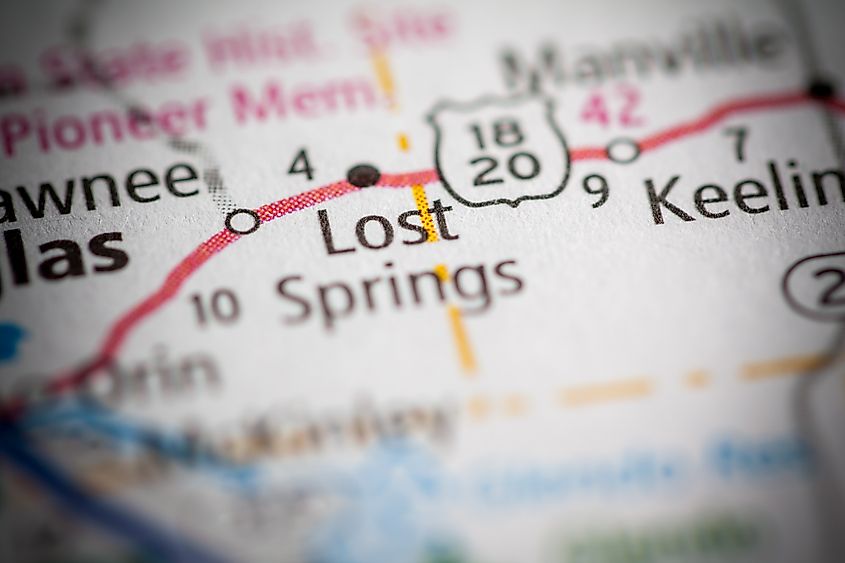
America’s tiniest incorporated cities prove that size does not define significance. Each micro-city offers a glimpse into the creativity, history, and unique governance that shape communities across the country. From remote plains to carefully planned enclaves, these places reveal how identity, law, and human stories endure even on the smallest scale. They challenge assumptions about what makes a city meaningful and show that, in America, innovation and character can thrive in even the most compact spaces.
Small in footprint but large in intrigue, these cities remind us that the essence of community cannot be measured in square miles.
Quick Reference: America’s 5 Smallest Cities by Land Area
| Rank | City | State | Land Area | Population | Notable Features |
|---|---|---|---|---|---|
| 1 | Monowi | NE | 0.21 sq mi | 1 | Smallest incorporated city in the world, one-person mayor and library |
| 2 | Hibberts Gore | ME | 0.752 sq mi | 1 | One resident, irregular “gore” land parcel |
| 3 | Ruso | ND | 0.59 sq mi | 4 | Tiny agricultural town with historic roots |
| 4 | Lost Springs | WY | 0.02 sq mi | <10 | One of the smallest incorporated towns in the US |
| 5 | Tavistock | NJ | 0.12 sq mi | <20 | Golf-club-based community with unique governance |
